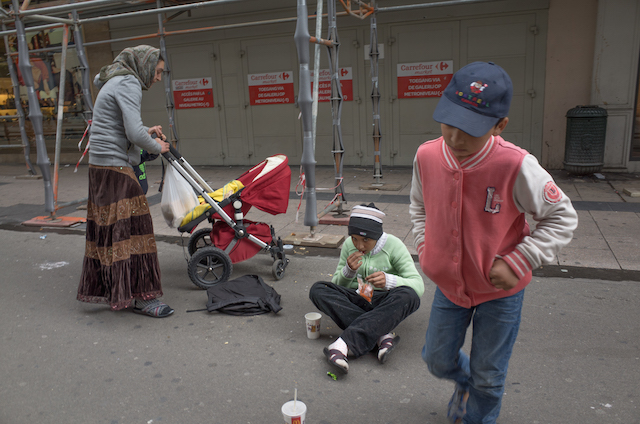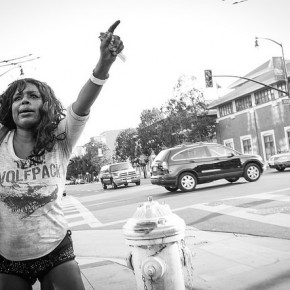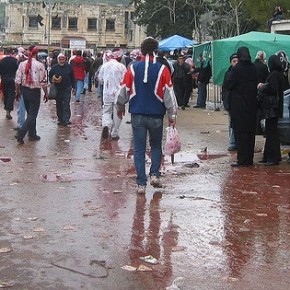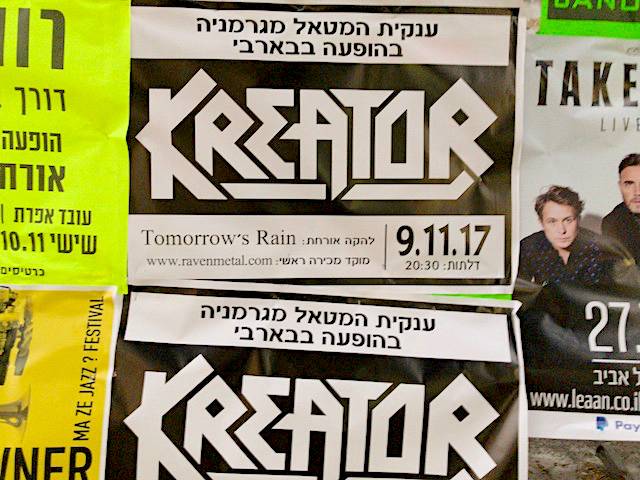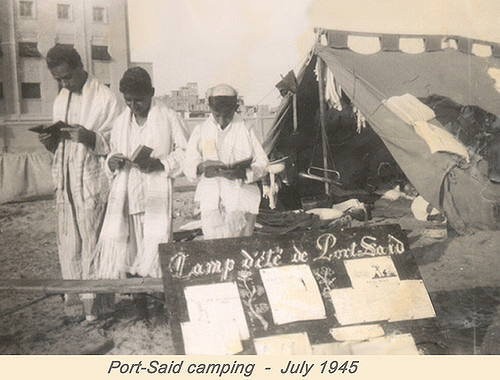Everyone is a photographer now. So went the refrain, inside editorial rooms, in the United States, as smartphones began to proliferate, in 2007-8. Seeing dollar signs in the rise of citizen journalism, eager to shed editorial staff, reporters would now be required to shoot their own pieces, as well as write them.
Unsurprisingly, things didn’t go as smoothly. Acknowledging the limits of iPhoneography, a number of news outlets ended up rehiring staff photographers, while others switched to sourcing images from wire services. Working in Silicon Valley, I nonetheless caught the bug, and began shooting for work, using a Palm Treo, and not long after, at the urging of my art school trained wife, a Canon G11.
For me, it made sense. A field recording fan, and a producer, I’d spent nearly two decades capturing sounds, and editing them for my bands. Swapping out my source material with images wasn’t that much of a stretch. It made more sense, as photography has always been more integral to publishing than sound, though the Internet, has of course changed that. But, nearly a decade later, I shoot at least three or four feature photos for my work a week.

The first two photographs were published this week. Taken in Brussels, in September, they cover the plight of refugees – Roma, likely from Romania – and Syrians, who arrived in the city as part of the massive stream of asylum seekers making their through the Balkans to northern Europe last summer.
What interests me about these images is not their subject matter, but their availability, and what that says about how easy it is to generate topical media, wherever you are. Clearly, the fact that I work in Europe’s capital makes such things possible. But being open to taking everything in plays a huge role, too.
If I were not interested in taking photos, I’d comb databases for images by real photographers, in more explicitly newsworthy parts of the world, such as the Middle East, and the Balkans. I’d be missing out on the creative side of things, but that is the default, and it always has been. There’s nothing wrong with it.

The issue, is not so much about keeping up with the latest trends in publishing. Rather, its about, as my wife would say, personalization. So much of the news media I publish is recycled, particularly wire reports, and agency photos. No matter how we much we rewrite them, they’ll never fully communicate our ideas, as journalists. My remedy, when possible, is to add one of my own photos.
I’m also a writer. Editing as many as twenty features a day, being able to contribute creatively, in the smallest possible way, helps. But I miss writing. Two thirds of the way through a new book, I’ve had to take the better part of the last nineteen months to edit, almost exclusively, and it has been hard. Thank god I developed an interest in photography. I’d be considering career change by now, if not.

Growing up in a family of huge news consumers, where newspapers like Ha’aretz and the New York Times were practically their own food group, and the news was always on the TV, I was raised to be a reader, and to follow visual cues. My earliest memories are of watching the Vietnam War, and coverage of the Watergate scandal, with my mother, in the early 1970s, followed by Anwar Sadat’s visit to Jerusalem, and the Iranian Revolution, at the end of the decade,
The news imagery of the era was remarkable, and left an indelible imprint on me. My parents weren’t the most culturally savvy, but that was a tremendous legacy to leave me. My interests, and career, have been entirely defined by it, and I’m not the only journalist in my family, either. Paying attention matters, is what I took away from them. That’s the bottom line about my interest in photography. It’s not so much about the medium, but how it forces me to tune in.
-Joel Schalit
